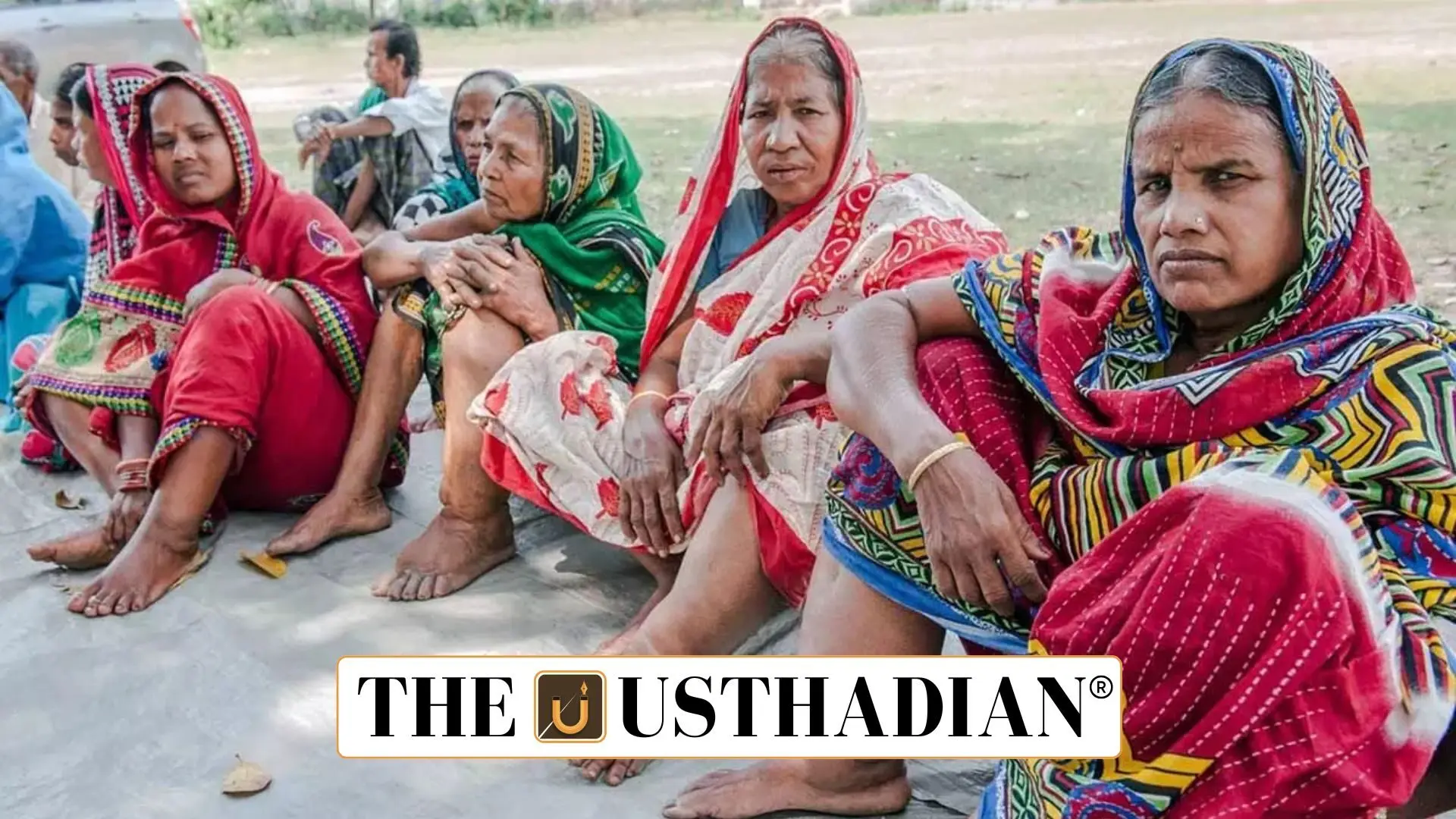Understanding Filariasis and Its Burden in India
India’s Fight Against Filariasis: New Target Set for 2027: Filariasis is a parasitic disease caused by thread-like worms, primarily Wuchereria bancrofti, that affect the lymphatic system. Transmitted through mosquito bites, it can cause severe swelling of limbs and genitalia, a condition known as lymphatic filariasis (LF). Despite decades of control efforts, over 670 million people in India remain at risk as of 2022, making elimination a significant public health priority.
Kerala’s Role in Community-Led Elimination
Kerala pioneered one of the earliest successful community-driven responses to filariasis. Back in the 1980s, patients organized into support groups to demand action. This led to the formation of the Filco movement, a multi-departmental initiative targeting mosquito breeding and stagnant water bodies. Notably, the Agriculture Department promoted aquaculture to naturally control mosquito larvae using fish. Kerala’s strategy became a model of citizen-led health innovation, with schoolchildren and former patients also actively participating in awareness efforts.
Innovations in Mass Drug Administration (MDA)
In 1996, the WHO recommended single-dose DEC (Diethylcarbamazine Citrate) to control filariasis. India launched this MDA program in 2002, later adding Albendazole in 2006 to enhance effectiveness. Despite this, compliance remained low due to public skepticism and side effects. Kerala made a significant breakthrough by infusing DEC into table salt, improving treatment reach and reducing infection rates without needing direct medication compliance. This Salt Project later expanded to Tamil Nadu, showcasing scalable innovations in public health.
The Road Ahead: New Targets and Persistent Challenges
Globally, the WHO has shifted its filariasis elimination target to 2030, with India revising its own deadline to 2027, after missing the previous 2015 and 2021 goals. Despite progress, states like Uttar Pradesh, Bihar, Karnataka, and Andhra Pradesh still report active cases. Experts warn that post-elimination surveillance is crucial. Vector control and mosquito monitoring will play a vital role in preventing reemergence, especially in rural and flood-prone areas.
STATIC GK SNAPSHOT
India’s Fight Against Filariasis: New Target Set for 2027:
| Topic | Details |
| Disease Name | Lymphatic Filariasis |
| Caused By | Wuchereria bancrofti (parasitic worm) |
| Vector | Mosquito (mainly Culex species) |
| WHO Global Elimination Target | 2030 |
| India’s New Elimination Target | 2027 |
| High-Risk States | Bihar, Uttar Pradesh, Karnataka, Andhra Pradesh |
| Drug Strategy | DEC + Albendazole (Mass Drug Administration) |
| Innovative Strategy | DEC-infused salt (Kerala, Tamil Nadu) |
| Community Movement | Filco – Kerala’s patient-led initiative |








